Algae
Algae is the Latin word for seaweed. It is a autotrophic organism that can either be unicellular or multicellular. The most complex and biggest form of marine organisms are seaweed. All algae have a nucleus wihin its plastides, as well as one or more membranes.
Researchers have found that Algae began to exist about 3 billion years ago during the Precambrian years. They are not plants because they do not have structures that are typical of plants such as roots and leaves. Most of them are able to produce oxygen by photosynthesis through their photosynthetic machinery called chloroplast which has DNA. According to modern studies on freshwater and marine living objects, algae are known as either phycology or algology.
The first person who divided algae into 4 divisions based on the pigmentations was W. H. Harvey. According to Harvey, the 4 divisions are Red Algae or Rhodophyta, Diatomaceae, Brown Algae or Heteromontophyta and Green Algae or Chlorophyta.
Seaweed may be in simpler form as compared to unicellular (micro algae) flagellates or amoeboids. There are complex forms or multicelluar (macro algae) as of non-motile or in colonials. There are 2 types of seaweeds that may be up to 50m in length: red and green ones. The green ones are the most complex and are similar to terrestrial plants.
You can find seaweeds in terrestrial locations and sometimes in places with snow and ice. They grow in shallow marine water which is about 330 ft below sea level. You can also find these living objects as deep as 1180 ft below sea level. They play an important role in our marine ecology by supplying food for most of the organisms underwater. They are also sensitive to the surroundings that make them useful biological indicators by researchers in the Ballantine Scale.
Today, edible algae are sold and used commercially such as the agar which is a gelatinous substance that you get from red algae for making jelly. Seaweed like Macrocystis are harvested for abalone feeding and alginate extraction in California, used for bio fuels; non toxic, biodegradable and non sulfuric, that cost similarly to fossil fuels because they are more potential biomass production in a year compared to fossil fuels or other energy crops that takes a longer time for reproduction. They are also have been used as fertilizer for many centuries.
Many people also eat algae. They provide you Vitamins A, B1, B2, B6, C and Niacin. They are also rich in Calcium, Iodine, Iron, Magnesium and Potassium. Algae are national food to many nations such as China, Ireland, Japan, Iceland, Chile, Korea, Hawaii and Scotland.
Micro algae are eco-friendly with the abilities to reduce the increasing of CO2 which is our current global warming problem. You can grow them at locations that are not suitable for conventional production of crops.
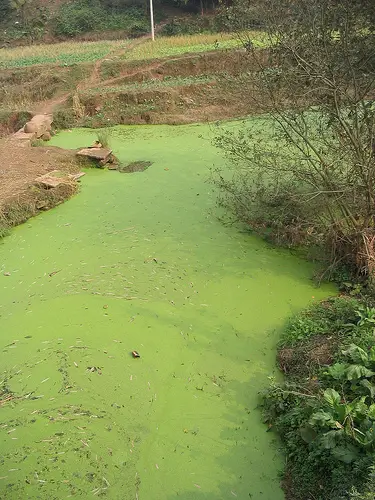
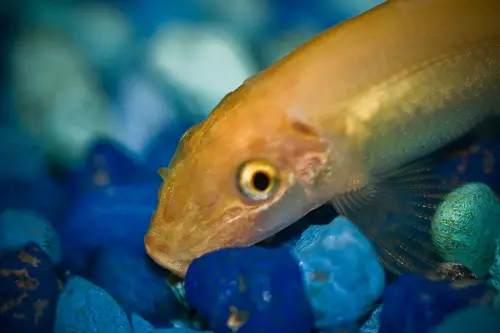
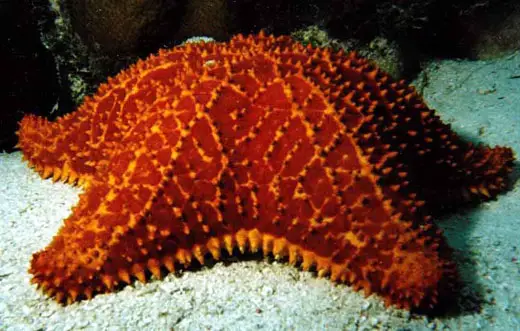
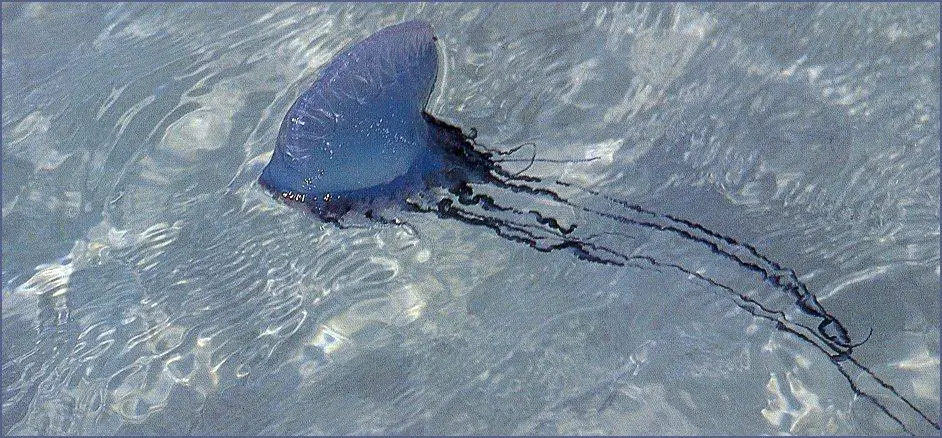
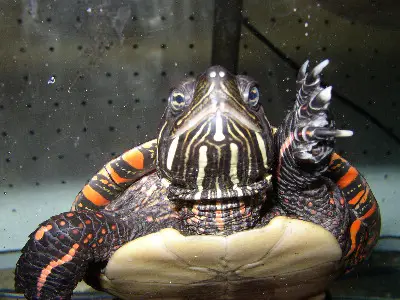
There are many gaps in the info given.
Algae that evolved 3 billion years ago are ‘Cyanobacteria’.
These do not give much net oxygen and are not good food for fish.
Eukaryote algae that evolved 1.5 billion years ago are more useful.
Diatoms that evolved about 300 million years ago are even more useful – they are the ones that provide most of the oxygen and food in the oceans and lakes.
As shown in the photo, Cyanobacteria can choke a river, lake or stream.
Diatoms on the other hand can keep the water clean.
wewe ef q4r